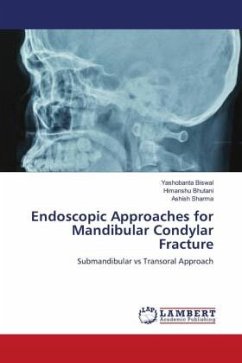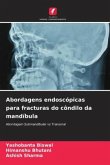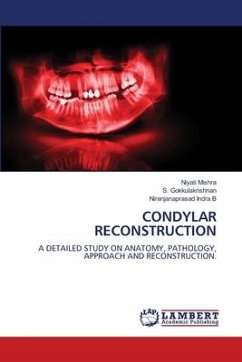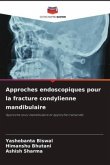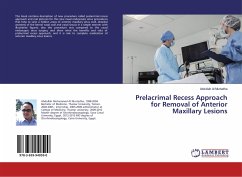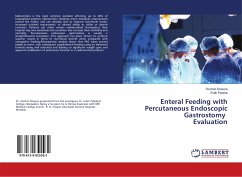Mandible fractures continue to be one of the most common forms of facial trauma worldwide. The incidence of condyle fractures varies with different studies and regions. Overall it ranges from 16 to 42% . The complications of condylar fracture include pain, restricted mandibular movement, muscle spasm and deviation of the mandible, malocclusion, pathological changes in the TMJ (tem-poromandibular joint), osteonecrosis, facial asymmetry and TMJ ankylosis. The goals of manage-ment are to restore normal occlusion along with adequate mouth opening, to minimize the risk of TMJ ankylosis and other possible pathologies, to decrease morbidity and increase quality of life of the patient. The two principal approaches recommended for the management are functional and sur-gical. Earlier, these fractures were commonly managed by closed reduction (CR). The preferance of conservative management over open reduction was due to the challenge of surgical access to the condyle and difficulty in positioning the proximal bone fragment and also the risk of damaging the facial nerves. However, in recent times, open reduction is preferred over closed reduction owing to its improved results.
Bitte wählen Sie Ihr Anliegen aus.
Rechnungen
Retourenschein anfordern
Bestellstatus
Storno

